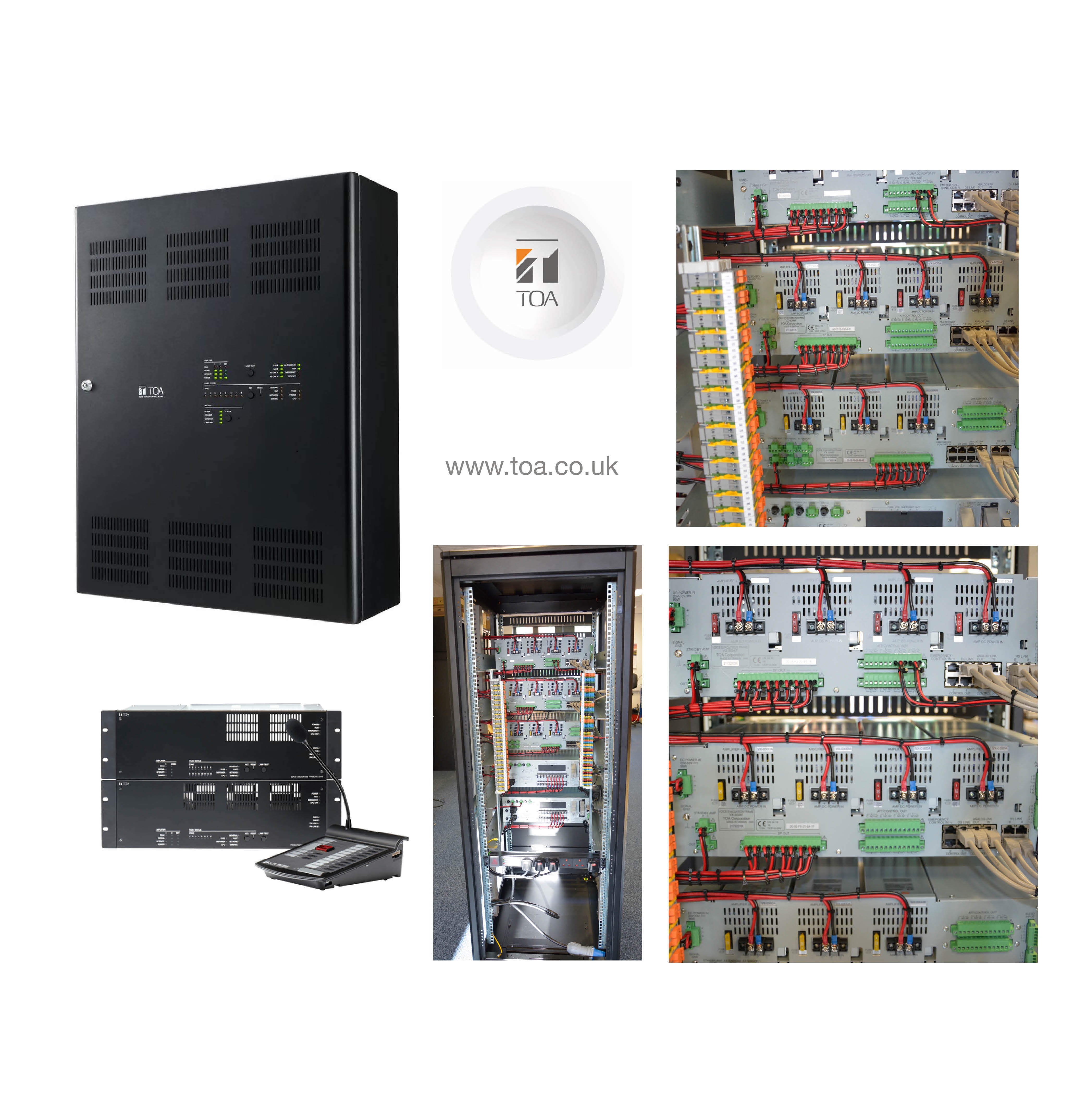What is voice alarm and how does it fare against traditional bell sounder systems?

We have all done it! – heard an alarm bell going off and not responded until somebody physically comes to tell us to leave the building. Statistics indicate that people respond 75% more to instructions delivered by voice than the traditional bell sounder systems. Installing a public address/voice alarm system helps reduce the risk of delayed reaction to an emergency. Certainly, in large complex applications, such as office blocks, the ability to be able to set systems up in zones is essential to ensuring that emergency services can have full control of evacuating a building.
And why is this important? The increase in city centres of large multi company multi floored blocks gives emergency services the challenge of evacuating many people at one time. If they can avoid a mass exodus of panic, with one out all out, by being able to give much more informative instruction this provides a safer way of evacuation with less risk. With a bell sounding system people tend to move to the nearest exit but in the event of a fire they might be putting themselves more at risk moving towards the danger whereas voice alarm can direct evacuees away from the risk or move them to a place of safety.
London has a history of tall buildings with the construction of towers and cathedrals since the 11th century starting at 27 metres, but it wasn’t until the 1960s, when building restrictions from the London Building Act of 1894 were lifted, that construction of this kind boomed. We saw the development of many tall buildings from this time onwards including famous landmarks that reached 177 meters but even this pale into insignificance with recent builds that top 300+ metres with anything from 50 to 90 floors.
The dilemma then is to how to evacuate safely or move occupants to a safer area if required. Those in control of the situation need to be able to manage multiple zones and make announcements that give clear instruction and not necessarily just to leave the building. Imagine the chaos, with lifts out of action, in trying to evacuate and disperse that amount of people without a clear action plan.
From my own experience of managing a public building getting people to understand an emergency is not always easy. ‘It doesn’t apply to me’ is common and you are often faced with people, mainly that you don’t know, trying to return to collect belongings when dealing with an incident. You need to be in control of the situation whilst waiting for emergency services, and be able to give clear reporting, so installing a system that provides the facility to give effective and clear instruction is the ideal solution.
Even with residential high-rise properties, since the 1960’s, most have been asked to use a ‘stay put’ policy in the event of a fire or emergency. This enables fire crews to evacuate those floors most at risk first and, if possible, minimise evacuating the whole building.
So basically, what is voice alarm? It is a public address system linked to a fire alarm that is triggered in the event of a fire or emergency. Using pre-recorded messages or live announcements, it is designed to help evacuate a building in the safest possible way.
Voice alarm is regulated by the British Standard BS5839-8 and the areas of design, installation, commissioning, and maintenance should adhere to that as best practise. All new installations must use independently EN-54 certified products. It is a legal requirement for voice alarm for power supply equipment, control and indicating equipment and speakers.
Voice Alarm can be divided into 5 categories and each system should be designed within these categories to meet the requirements of the end-user:
V1: Fully automatic evacuation
V2: Ability for live emergency messages
V3: Ability for zonal live emergency messages
V4: Manual controls
V5: Specially engineered systems.
As manufacturers of public address/voice alarm systems we want our installers to understand that a life safety system is just that and no design should put lives at risk
Our technical team are experts in PA/VA and are on hand to advise the best options for each project. From site survey to quotation to commissioning and hand-over we can offer full system design from one manufacturer.
As buildings get larger, more people return to work and post covid there is more hybrid working, giving greater complexity in monitoring staff attendance on any given day, a public address/voice alarm system can give greater flexibility, add to safer evacuation plans and provide emergency services with key information to ensure the safe passage of people.
To find out more about our voice alarm systems visit here
For technical advice please email technical(a)toa.co.uk
To download a copy of our article click here
Author: Kate Puleston